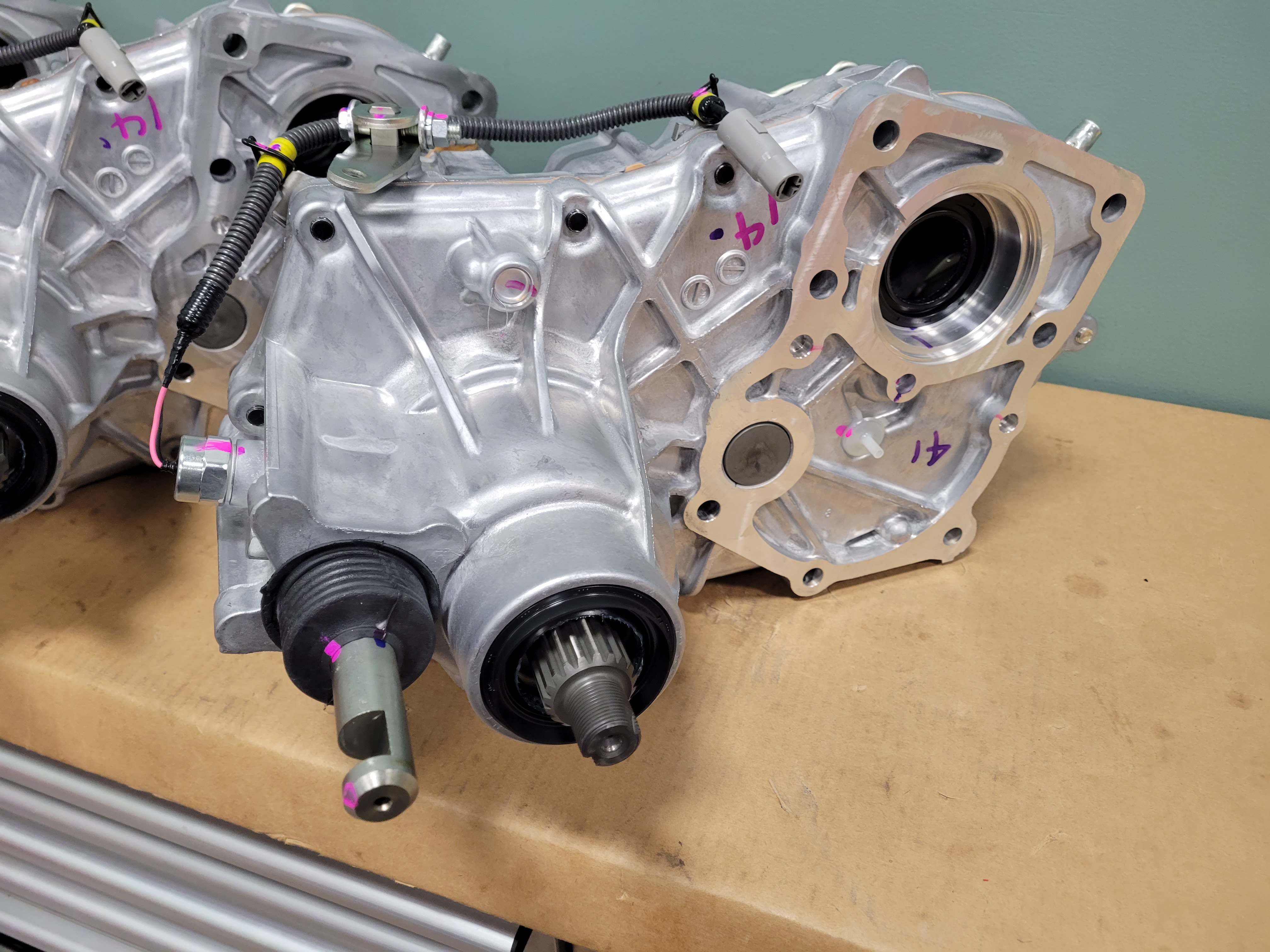Many vehicles featuring AWD or 4WD have a transfer case. The transfer case is located adjacent to the transmission. The component is designed to harness and transfer power from the vehicle’s engine and distributes it to the rear and front wheels, giving excellent traction whenever needed. This is done in several driving conditions, including off-road, steep incline driving, and on icy, snowy, rainy, or muddy roads. The transfer cases can be manufactured as chain-driven or gear-driven. These often come as separate units but may also be integrated into the car’s transmission. In addition, transfer cases can come with manual, electronic, or automatic shifting, which does not require a driver’s input. This article will explore the characteristics of a faulty transfer case and related issues.
Signs of a Faulty Transfer Case
If a vehicle comes with a transfer case, it is essential to monitor its performance. A faulty transfer case often displays several signs when a car is in motion. Here are some key characters to look out for that depict a defective transfer case.

Weird Noises
Strange noises might come from the transfer case or beneath the car when driving a vehicle or when it starts. These noises include clicking, chattering, or grinding. When one notices such noises, it should raise the alarm about the vehicle’s transfer case. Therefore, car drivers must approach a mechanic to diagnose the vehicle to prevent additional damage.
Difficulties Shifting Gears
A faulty transfer case can result in difficulties in shifting gears when driving. Unfortunately, this is common in automatic and manual transmissions using transfer cases. Stopping by a mechanic is a great idea when one notices a sudden problem changing gears.
Random Engaging or Disengaging of Four-Wheel Drive
A faulty transfer case often messes up a vehicle’s four-wheel drive system, making it engage or disengage. There are cases where a vehicle will fail to keep its four-wheel drive active. A car can also hire its four-wheel drive option when it is not supposed to. These two scenarios might indicate a severe mechanical problem with the transfer case.’
Failing of a Transfer Case to Shift
A faulty transfer case will also fail to shift gears completely. The failure of the component to shift gears indicates that it is defective. It will either need to be replaced or fixed by a mechanic.
Fluid Leaks Beneath the Transfer Case
A faulty transfer case will often leak fluids. These fluids can be seen under the vehicle, beneath the transfer case. When one notices fluids under their car after parking it, it is essential to get the transfer case examined by a mechanic. In addition, it would be best to tow the vehicle to the repair center rather than drive it. This will prevent further damage to it or other components of the car.
The Smell of Something Burning
If one notices the smell of something burning from the bonnet area, it could be a sign of a faulty transfer case. A bad transfer case will result in low fluids, which in turn cause excess friction in moving parts. Friction results in excess heat, which can cause the juices to burn. Therefore, stopping at the nearest mechanic is essential to have the transfer case when such a smell is noticed when driving.
The Service 4WD or Check Engine Light Comes On.
A bad transfer case often results in poor performance by a vehicle, especially the components directly linked to it. Another indicator of a wrong transfer case can be the lighting up of the 4WD or check engine light. Therefore, when one sees these lights come on, it would be great to have the transfer case reviewed by a mechanic.
Conclusion
A transfer case is a critical component of vehicles that depend on it. They are essential in distributing power to the wheels. A faulty transfer case is a huge deal since the car will lack the ability to move, and it could also lead to additional damage to other critical components, such as the transmission and engine. Therefore, a faulty transfer case should be repaired or replaced immediately. The abovementioned signs are essential in helping people notice a defective transfer case in time.

